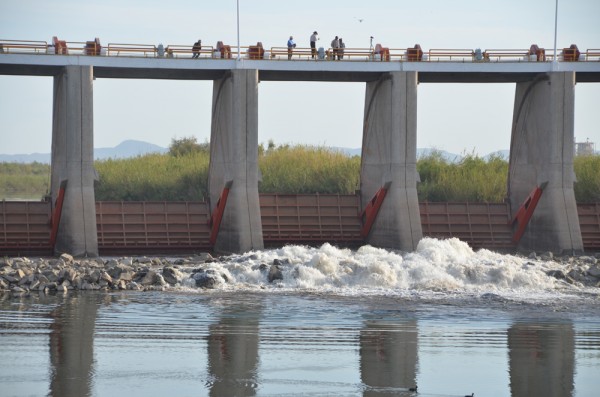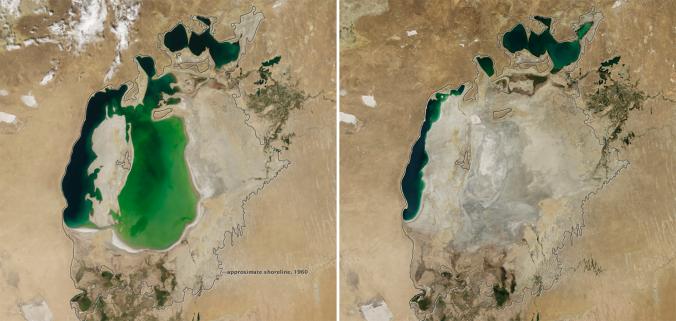Some 300,000 West Virginians have endured severe water restrictions thanks to a chemical spill in the Elk River, triggering an ongoing environmental investigation.

Al Jones of the West Virginia Department of General Services tests the water in a restroom in Charleston’s State Capitol on January 13, 2014.
Although the 4-methylcyclohexane methanol (MCMH) spilled into the river is not a typical environmental contaminant, the 5,000 gallons lost in the incident have lessons to teach, say experts, about our vulnerable and aging water infrastructure.
To find out more, National Geographic spoke with Tom Curtis, the deputy executive director of the American Water Works Association, a water industry trade group based in Washington, D.C. Read more





